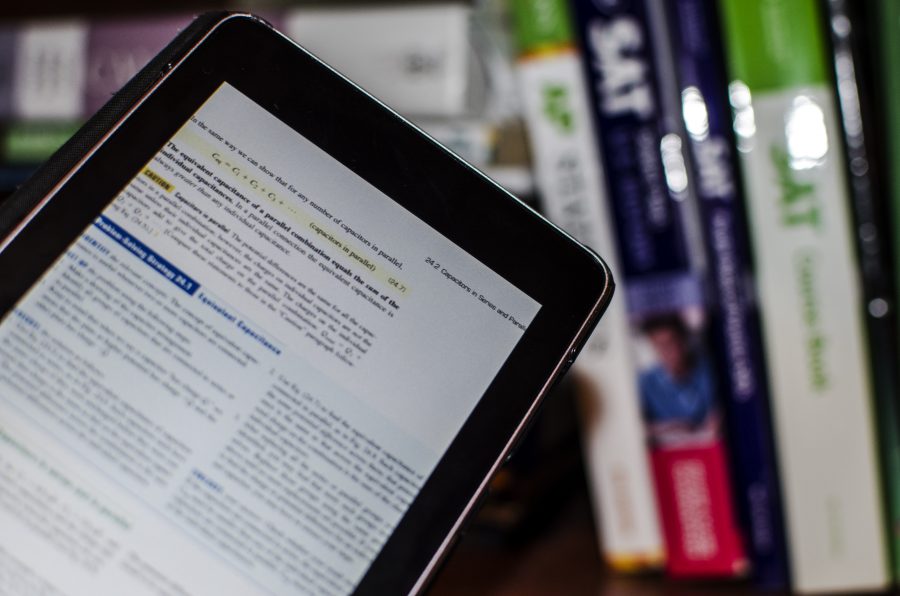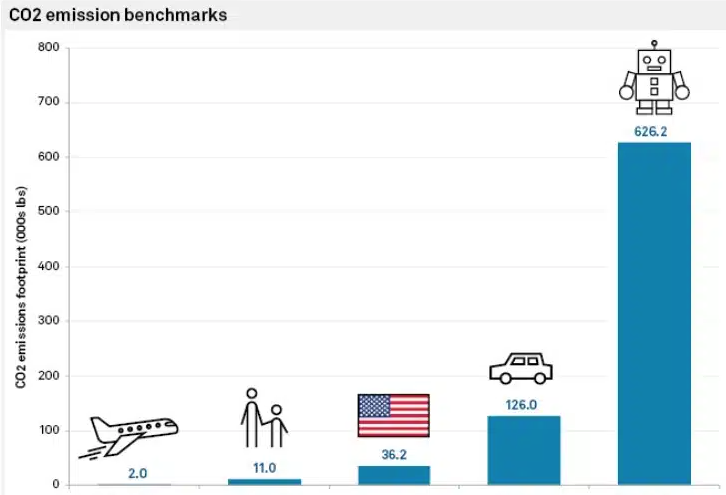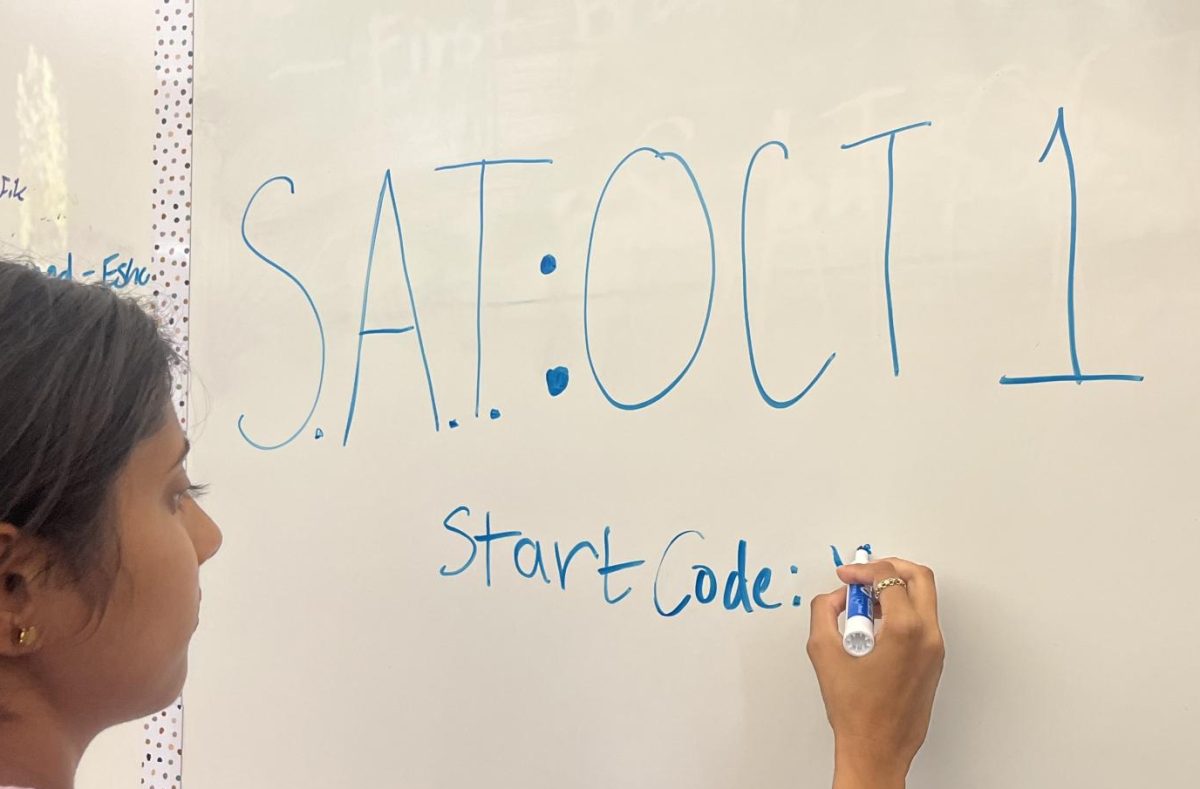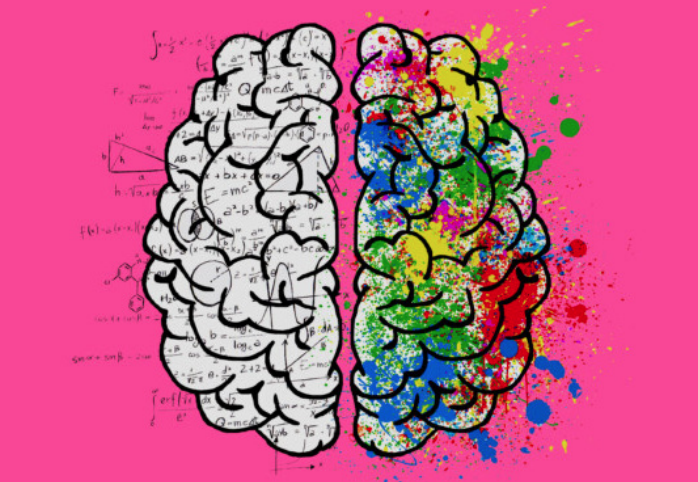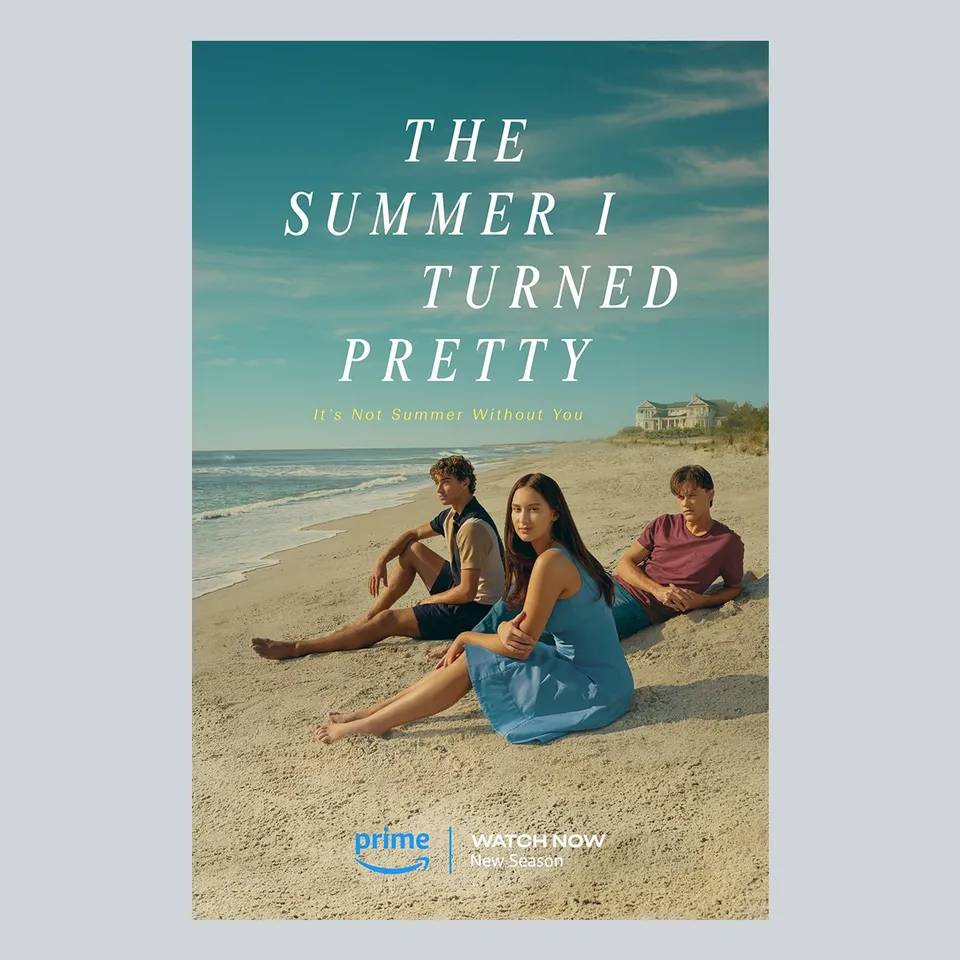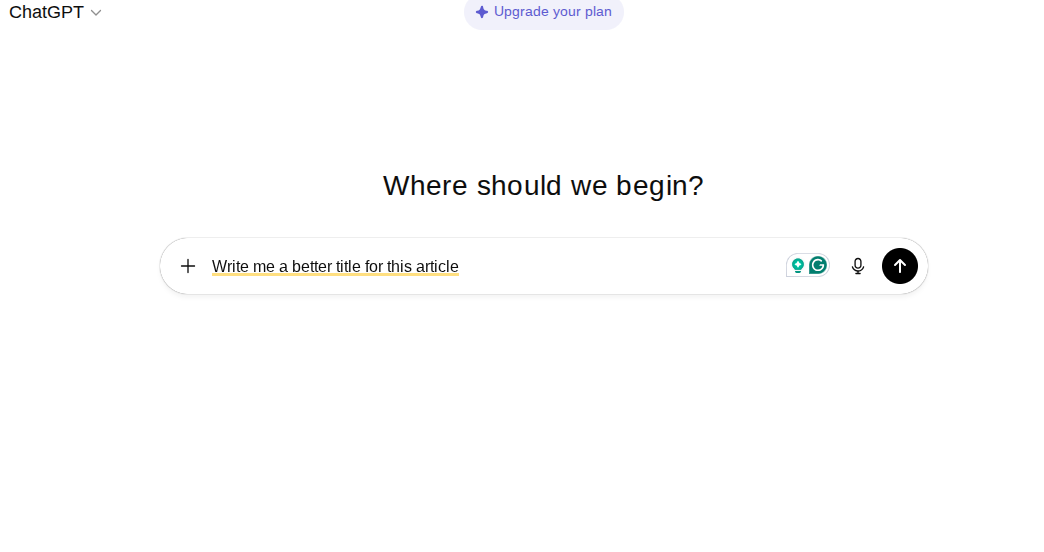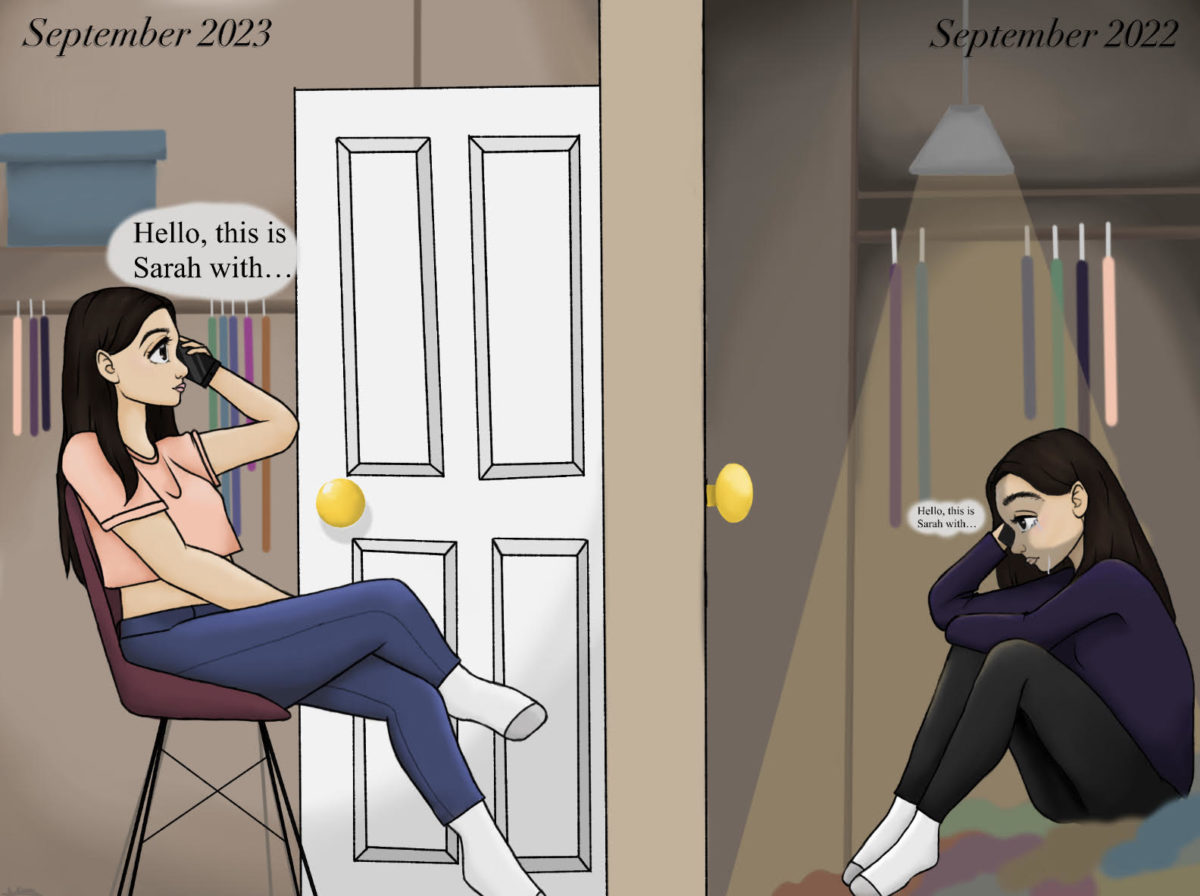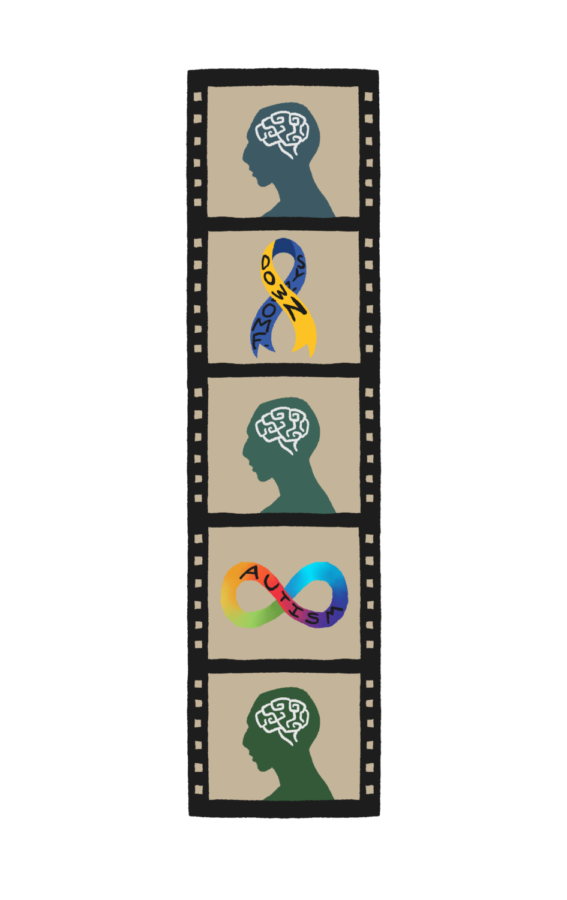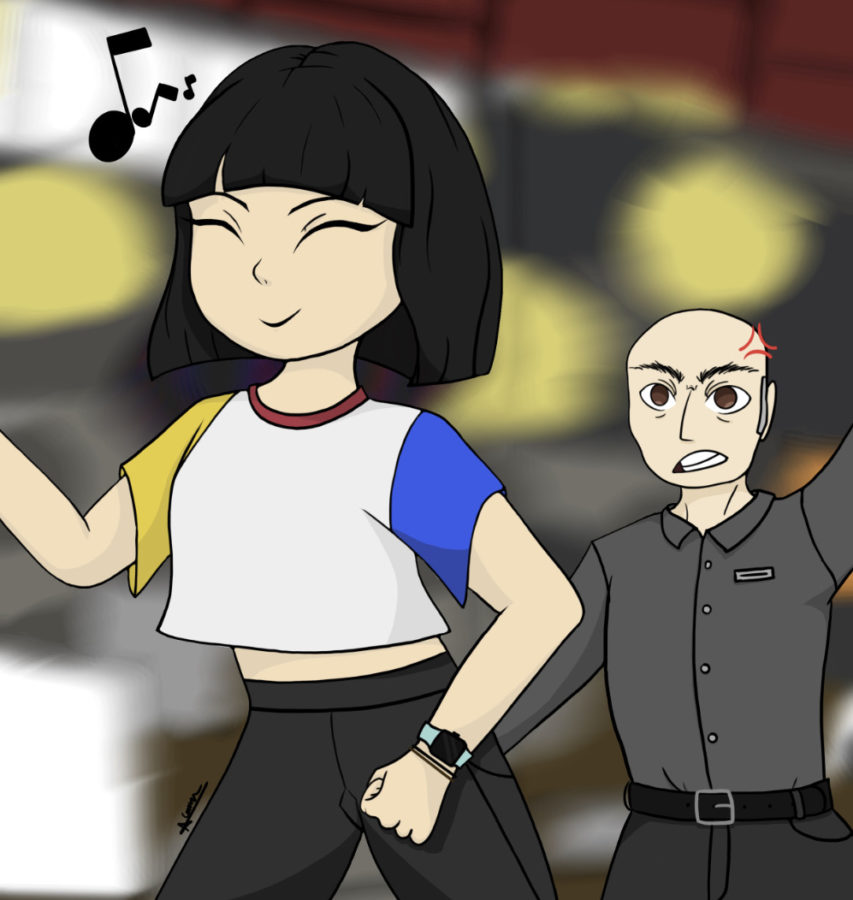A tablet is marketed as a compact and more convenient alternative to the paper book.
Given the circumstances, it seems strange to think that high school and college students, the ones who use smartphones and tablets almost every day, prefer print textbooks over eBooks.
A survey conducted by The Guardian stated that 62 percent of participants aged 16 to 24, preferred print over digital books. Apple’s iPad and Amazon’s Kindle have been major influences in the textbook market, but they haven’t won over most students when it comes to e-reading for many reasons.
A Kindle is great for recreational reading, but for serious learning I strongly believe that the print textbook is the better way to read content. Unless the interactive learning tools from the web such as Codecademy are ported over to eBooks, the reading experience is convoluted at best.
eBooks are too influenced by the print versions and are often unimaginatively designed for reading on portable devices. Who needs a table of contents when things can be navigated similar to a website? Why is there so much content on one page?
The reality is that eBooks could be much more interactive with technology behind the display, but publishers and authors haven’t designed their content solely for tablets.
In order to fix this, publishers would have to hire more tech guys to make things interactive. I’m certainly okay with this, but publishers haven’t made their move towards investing in interactive learning since books are their only strong suit with text and pictures. Traditionally, that’s what print has always been.
Sure, the e-book is very versatile and saves paper, but when the digital version of the book is the same price as the print version, the hardback copy has more long-term value for consumers and schools too.
School districts have to purchase licenses for students on an individual basis or on the basis of a classroom’s size. But every year, these licenses have to be renewed as more students have to have individual licenses for the e-book. This can get costly, even with the bulk discounts that some providers offer.
On the other hand, hardcover textbooks are built to last and are a one-time fee for college students (who have to buy their own textbooks) and high schools (that provide textbooks for students). If one needs to switch textbooks or needs extra cash, hardcover books can be donated or put up for sale. Ebooks cannot be resold because they are generally bound to an account or license.
And eBooks have a plethora of other faults as well. While they seem to enforce a uniform equality in book condition, a more pressing practical consideration emerges – even in today’s infamously digitized society, not everyone has access to a tablet.
Besides, schools are usually better off with the print versions for at least half of a decade. Updates to books come slightly faster for eBooks since the latest version can be licensed every year. But most of the information stays the same; it’s often superficial changes that are made for most textbooks.
Even for documents that have to be read in class, printing is often preferred from what I’ve seen. Annotating is far more accessible and text is clearly legible on print since scanned documents are often originally designed for print.
Unless I’m reading on a retina display with little to no eyestrain, saving paper is not going to be a concerning factor.
For the student, eBooks often have little value. When one completes a course, the eBook is almost worthless to their next semester of academics, whereas the textbook can be sold for quite a high price especially if it’s hardback and has a lot of pages.
This has likely attributed to more piracy in eBooks, as hundreds of dollars can easily be saved from searching for a book in PDF format.
I think the main reason why people still prefer the physical copy of things in general is the sense of not having everything fragmented onto one device.
Some people view having everything on one object is a better way, but clutter slows people down. With all the apps on the tablet and so many other things one can do, it is easy to get lost when using technology to read things.
With newspapers, textbooks and all sources of print, it all comes down to which medium is the most intuitive and convenient for the individual.
I think textbooks fall under this category because they are far easier to concentrate on, and that’s what students and educators implicitly demand.
It’s also more likely that college students want to avoid spending time on the screen, rather than straining their eyes on the backlight display. Paper is far less straining on the eyes, and I know this from hours of reading electronic material.
I’ve even bought a PDF eBook and ended up printing out parts of it to save my eyes from the pain. As thin as the iPad is, eye comfort is more important than the feeling I get from holding a light slate of aluminum over stacks of paper.



